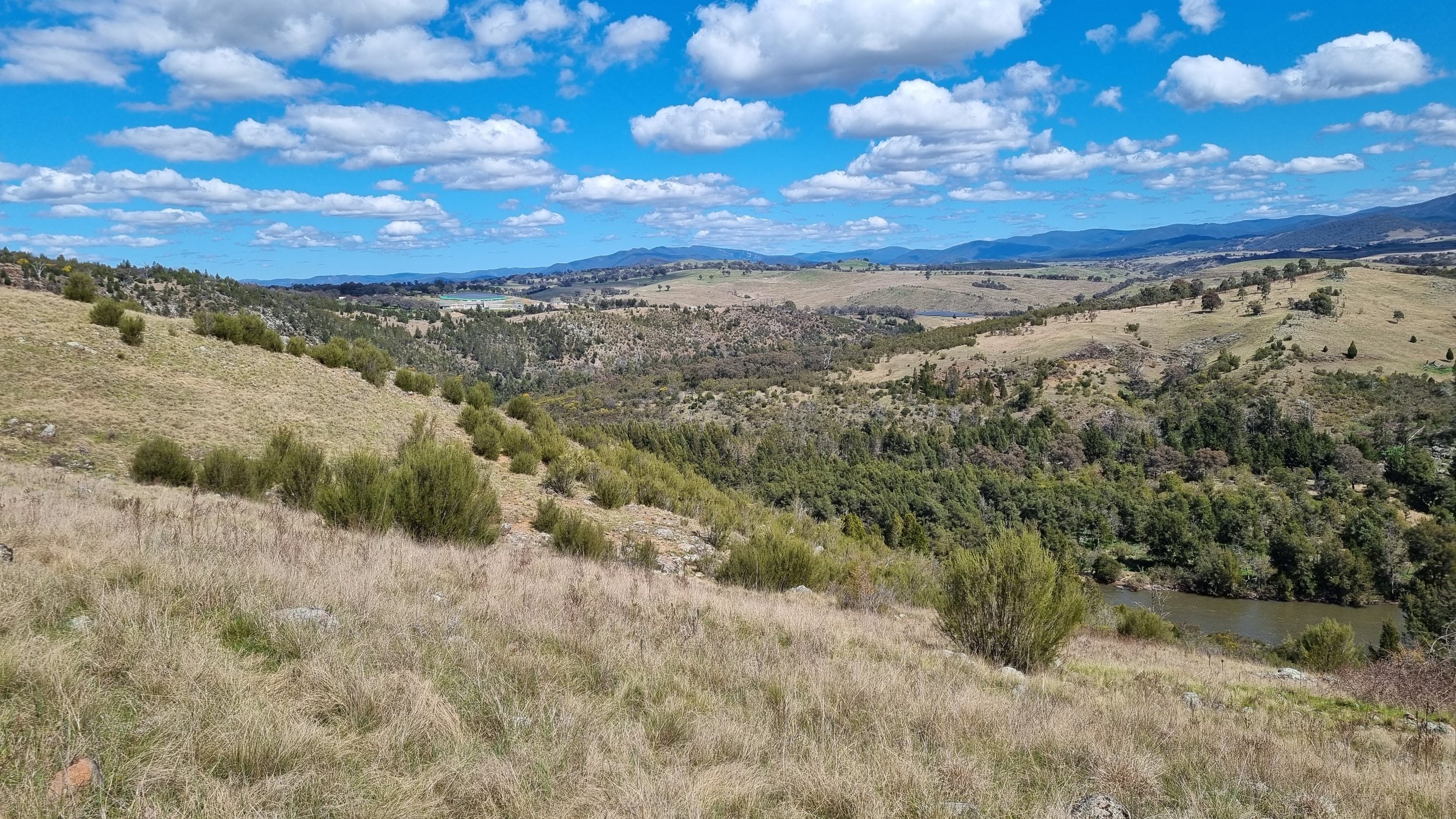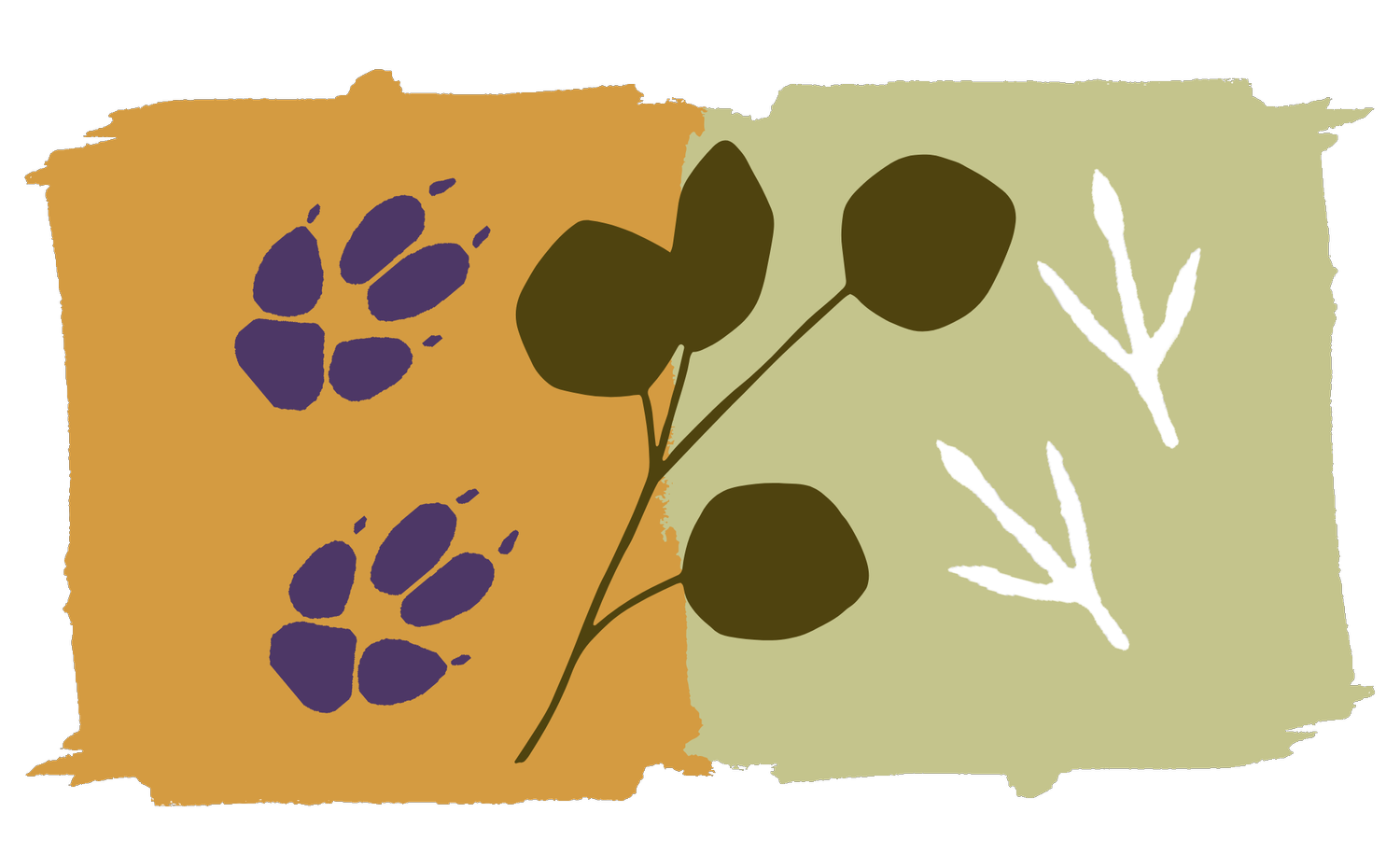
Ginninderry Conservation Corridor
A world-class Conservation Research Program
The Ginninderry Conservation Research Program is a collaborative partnership between the Ginninderry Conservation Trust and our Lab, established in 2020 to undertake research to inform evidence-based management of the Ginninderry Conservation Corridor and assist in the delivery of the Ginninderry Conservation Corridor Plan of Management.
Situated in the northwest of the Australian Capital Territory, the Corridor supports critically endangered natural temperate grassland and box-gum grassy woodland ecological communities, as well as habitat and populations of threatened pink-tailed worm-lizard.
Protection and restoration of habitat is the backbone of effective conservation management of threatened species.
Grazing in the Corridor
We’re exploring the diet and habitat use of large herbivores in the Corridor to inform better conservation grazing management and effective control of the impact of native, introduced, and domestic herbivores.
Work is underway to identify the diets of macropods, deer, and cattle through genetic analysis of scat samples, with the next stage focusing on applying this knowledge to determine their distribution and the potential impacts on local ecological communities.
Protecting pink-tailed worm-lizards
We have teamed up with Ginninderry Conservation Trust and ACT Parks & Conservation to gain a better understanding of the pink-tailed worm-lizard population across Canberra and particularly within Ginninderry.
By applying genomic techniques, we aim to learn about the dynamics of this threatened species and how landscape features affect population structure.
We are also exploring innovative sampling techniques to minimise their impact on the lizards and their habitat. This work will inform future management guidelines and practices for the pink-tailed worm-lizard.
Managing red foxes in the Corridor
One of our key goals for coexistence conservation is developing methods to more effectively manage an invasive predators by driving adaptation.
A number of projects based in the Corridor are investigating conditioned taste aversion (a learned association between a food source and illness) in red foxes, as well as diet and population dynamics.
Exploring eastern brown snake ecology
A common response to venomous snakes in urban spaces is to translocate the snake to a different location (e.g. preserve). This has potential negative effects on snakes.
We have teamed up with the School of Sociology at ANU and the Canberra Snake Tracking Project to explore human-ecological interactions and experiences with eastern brown snakes, and thereby better understand their ecology in the face of urban expansion.
One current aspect of our research focuses on the impacts of translocation on eastern brown snake welfare, spatial ecology, and behaviour, with the aim of increasing survival after translocation and informing future snake management guidelines.
Translocating golden sun moths
The next exciting project for the GCT partnership will see the development of translocation tactics and rehabilitation techniques for the golden sun moth using genetics to measure breeding success.








